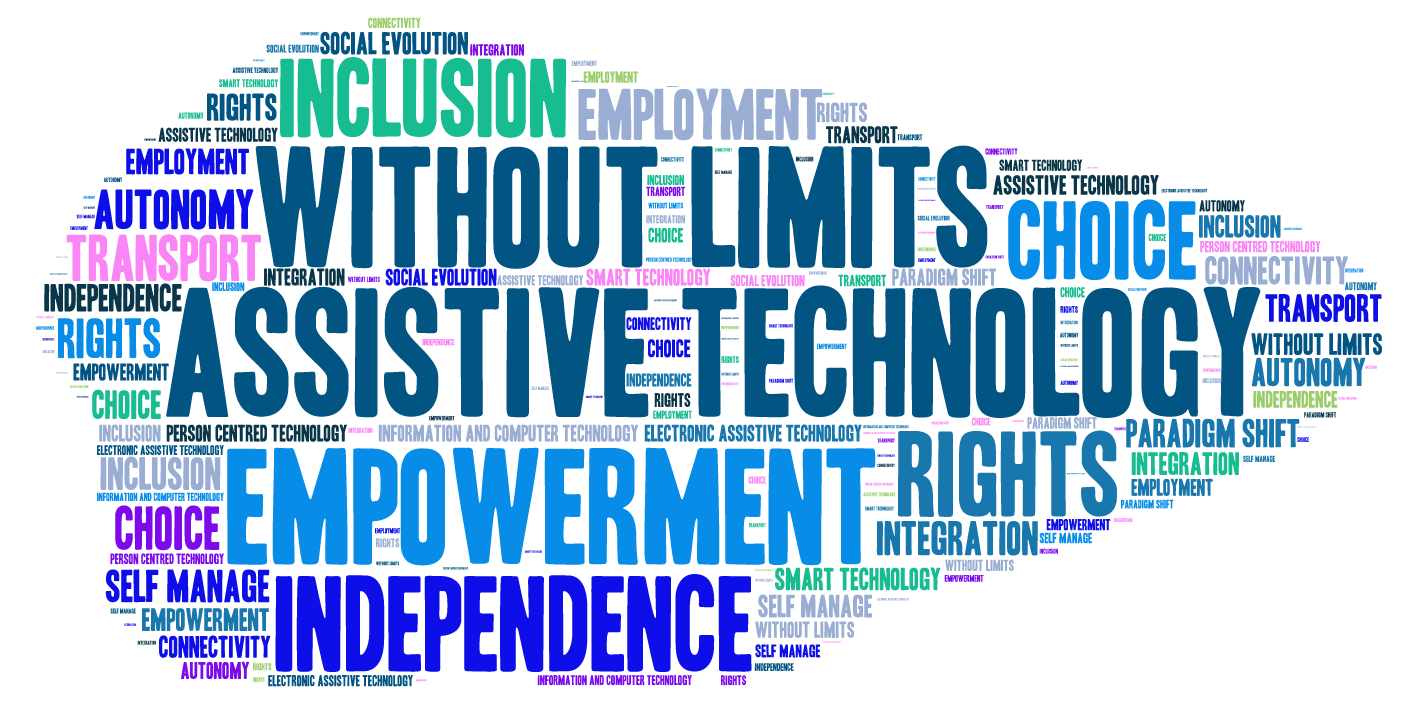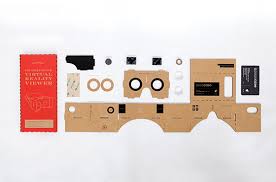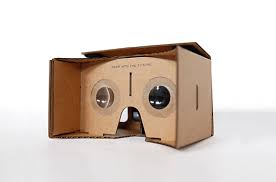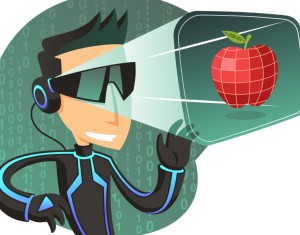I have not had many experiences with assistive technology over the years but I will attempt to share my thoughts regarding the role of technology in levelling the playing field for students with disabilities or to enhance learning. I have taught 2 students with hearing impairments over the years and they each required a microphone in order to hear what was going on in the classroom. The 2 students approached this difficulty in differing ways however. One student needed a sound system used in the classroom and thus students and teachers would talk into the microphone in order for her to hear. The other student had a system that transmitted directly to his hearing aids and was therefore able to hear without the need for an amplifier.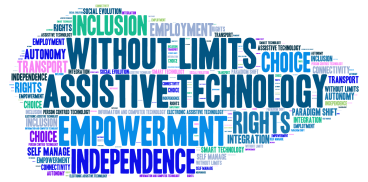 It was interesting to see the other students’ reactions to the different systems. In the first case, many of the students loved using the microphone for presentations and class discussions. The microphone became similar to a talking stone that indicated when others should listen. It became a bit more cumbersome at times but overall, it was a very positive experience. I have also taught a student who had a personal laptop with Kursweil in order to help him take notes and complete assignments. Students in all cases were very supportive and understanding. I think one aspect that is often forgotten is the teaching around equity and what it means for student success. I often hear the argument about fidgets from students that they believe it’s unfair if certain students receive special tools to use in class. This is due to the fact that before any teaching is done on metacognition, students tend to see fidgets or even assistive technology as something that they should all have access to. When I first begin these conversations with Middle Years students I often give students a learning styles type of personal evaluation to start the conversation. Then we talk about how each of us learns best. Finally I have the kids do some writing about how they like to learn. Photo Credit
It was interesting to see the other students’ reactions to the different systems. In the first case, many of the students loved using the microphone for presentations and class discussions. The microphone became similar to a talking stone that indicated when others should listen. It became a bit more cumbersome at times but overall, it was a very positive experience. I have also taught a student who had a personal laptop with Kursweil in order to help him take notes and complete assignments. Students in all cases were very supportive and understanding. I think one aspect that is often forgotten is the teaching around equity and what it means for student success. I often hear the argument about fidgets from students that they believe it’s unfair if certain students receive special tools to use in class. This is due to the fact that before any teaching is done on metacognition, students tend to see fidgets or even assistive technology as something that they should all have access to. When I first begin these conversations with Middle Years students I often give students a learning styles type of personal evaluation to start the conversation. Then we talk about how each of us learns best. Finally I have the kids do some writing about how they like to learn. Photo Credit
https://twitter.com/forgetmebot/status/799943416423575552
The key here is to remember that the same solutions do not apply to all cases. That is why pre-teaching around metacognition and student success is crucial. The meaning of what success looks like for each student must be considered by both parents, students and teachers alike. It may also mean that it is not simply those with physical or mental disabilities that have need of assistance. These assistive technologies may mean something as simple as a pair of glasses for someone with poor vision or as complex as speech to text software for those who cannot speak. Students often want to try some of the technologies to see if they fit with their needs. However, I always make it clear that a person doesn’t wear glasses or hearing aids if they weren’t needed. In the same way, evaluation of needs for learning supports is critical. As we seek to help evaluate which students are in need of which specific aids, it is paramount that we keep in mind that not only should we as teachers seek to find tools but also to break down unjust barriers to enhance student success. 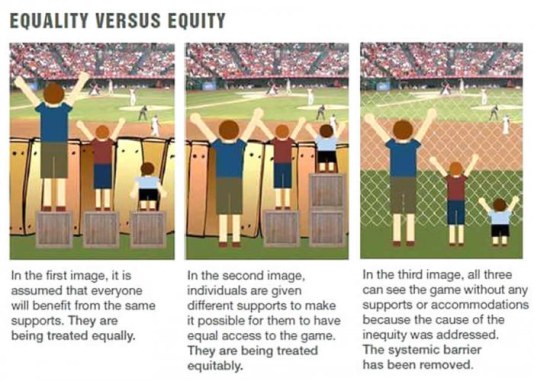
For example, it is not possible to remove someone’s inability to walk, however, we can remove barriers that keep that student from achieving. Whereas equality provides the same supports for everyone, equity is much more fluid. It encompasses anyone and everyone who may need a little help. As Naomi states, the biggest barriers to successful AT integration are access and training. Natalie also points out the need for PD on this subject as many teachers have little or no training and LRT’s are stretched thin. In the video below, Sam is able to attend college classes and even take his own notes using his Ipad and computer. Were Sam to have been born in another century, he would certainly not have access to these sorts of opportunities. The world has been opened in an unprecedented way and the future will surely only continue to give freedom to those in need of some sort of assistance. Sam can now feel like he can contribute and manage his own learning.
Those with extreme disabilities are in no way different from others. As is mentioned by Henry Evans in the video below, if we both want to go 60 kph, we will both need a piece of assistive technology called a car. Therefore it is also important to remember that assistive technology is not a sign of weakness or a problem. Those who struggle to complete certain tasks have been ‘othered’ by society for long enough and by constantly keeping them down, we reassign power to those in the centre. Unfortunately, it is often because of assistive technologies that students are viewed as different, strange or weird. Because they are often very visible, it is crucial to have meaningful conversations with students at the outset about how we each learn in different ways and what equity looks like in the classroom. I usually begin each year with these types of discussions for that very reason. Not only does it help each student to take part in some self-reflection about their own learning style, it also allows us to discuss the ways in which we support one another as a learning community.
It will be an exciting time for students in the coming years. Technology will allow those who have been previously marginalized to not only participate but also to thrive in our classrooms and in society. I often have to repeatedly reevaluate my practice keeping in mind the various needs that exist in my classroom. I still struggle with this and I wonder what tech tools or practices exist that allow teachers to plan with student success in mind? What is the best way to implement these strategies? Should we still be considering learning styles when we talk about AT? Let me know in the comments section below.


